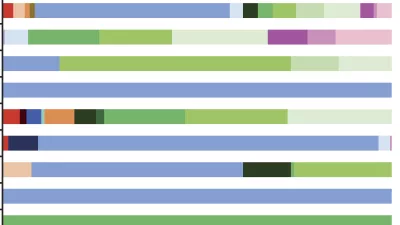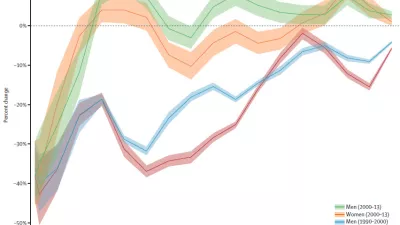The world’s most comprehensive tool for measuring disease burden and guiding government health agendas just got better.
Last Friday, the Global Burden of Disease (GBD) study enterprise – a collaboration among more than 1,800 health experts in 125 countries – launched updated estimates through 2015 for an expanded set of causes and risk factors for health loss in 195 countries and territories.
To celebrate this update, IHME co-sponsored an event with The Lancet and the World Bank. The Washington, DC launch of GBD 2015 featured panels of experts and decision-makers who were convened to discuss the key findings of the study, and how GBD 2015 results may be used to identify and act on health issues around the globe.
Here are a few great insights from experts who attended the launch on using data to improve health:
“The study’s observations are important in the context of achieving the Sustainable Development Goals. Policy-makers need the best available evidence to make informed health policy decisions and to determine how to allocate resources. Some countries in sub-Saharan Africa face significant health challenges despite improvements in income and education, while other countries further behind in terms of development are seeing strong progress. Policymakers in all nations – from Senegal to South Africa and Equatorial Guinea to Eritrea – need to align spending to target the things that will make their communities healthier faster.”
-Charles Shey Wiysonge, Deputy Director of the Centre for Evidence-based Health Care at Stellenbosch University and Chief Specialist Scientist of the South African Medical Research Council. Dr. Wiysonge is also a GBD collaborator. Read Dr. Wiysonge’s full post on the GBD 2015 study on the World Economic Forum’s website here.
…
“As a clinician, it’s important to be at this table. That is the army that is out there. That is the army that has the relationships with the patients and the communities. There is a real human being under these numbers, and our goal is to advance health. That means engaging clinicians around the world, partnering them effectively with ministries of health.”
- Sudha Jayaraman, a practicing surgeon and Assistant Professor of Acute Care Surgical Services at Virginia Commonwealth University. Dr. Jayaraman is also a longtime GBD collaborator.
…
“We try to get as close to the truth as we possibly can by writing the story of health amongst the people on our planet. As we do so, we recognize progress, but we also see the huge challenges ahead. As we look at those challenges, we refuse to allow ourselves to be saddened by them. Indeed, we turn that around and make ourselves excited by the potential and the prize we have before us.”
-Richard Horton, Editor-in-Chief of The Lancet
…
“This linking of disease, geospatial mapping, and impact on programing is really extraordinarily important, and it allows us to model out the counterfactuals and factuals by different interventions … The more geospatial relevance and the more age and sex disaggregated data we have, the more we are able to see not only where we are, but model where we could be and make sure our policy decisions have impact.”
-Deborah Birx, Ambassador-at-Large and United States Global AIDS Coordinator








